A New Year is here. Open mind, open horizons.
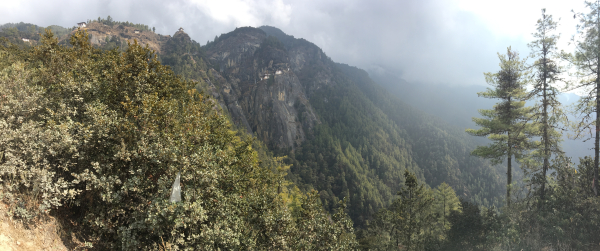
Many of us splashed our way through midnight, then decided to enjoy celebratory bottles again for a January 1st lunch, delaying that promised exercise regime until January 2nd.
Or was it the 3rd?

About four times a year I undergo a week-long ‘detox’ that involves eating mostly fruit and vegetables and drinking no alcohol. This January I’ll do alike, but will prolong the session to clear the mind, drop some weight and increase productivity.

I usually follow the ‘General Motors’ diet (Google it) which eliminates pasta and bread and cheese. This time I’ll substitute fish for the beef component. Combining this with some exercise—running, walking or gym—means that in seven days from the beginning I should feel shinier and more energized. But this year that time span will be extended.
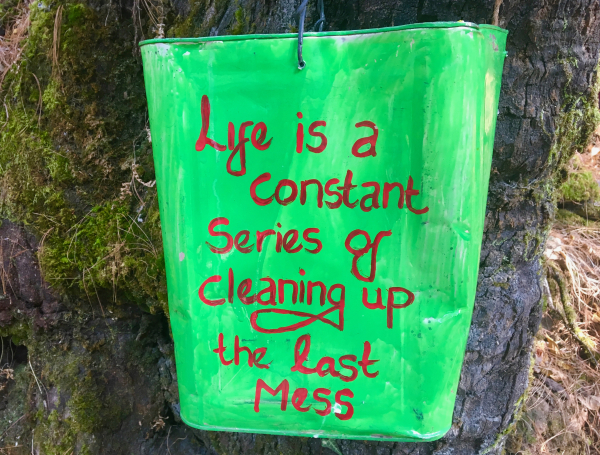
I’ll also incorporate ‘detox’ methods others have suggested—such as a half lemon squeezed into hot water and sipped between 5 and 7 a.m.—when the liver produces most bile. [Suggested by friend Brant Hartsock, whose Asian medicine doctor recommended he do this 3 to 4 times weekly.]
Or taking ‘liver cleanser’ tablets that include seeds, bark, roots and fruit. I’ve begun downing two daily. [Gifted by friend Elena, who picked them up in Goa, India, after she spent two weeks at a ‘dynamic meditation’ retreat there.]
Or good quality honey and turmeric taken in the morning [suggested by neighbors Les and Clarissa here in Blaye].
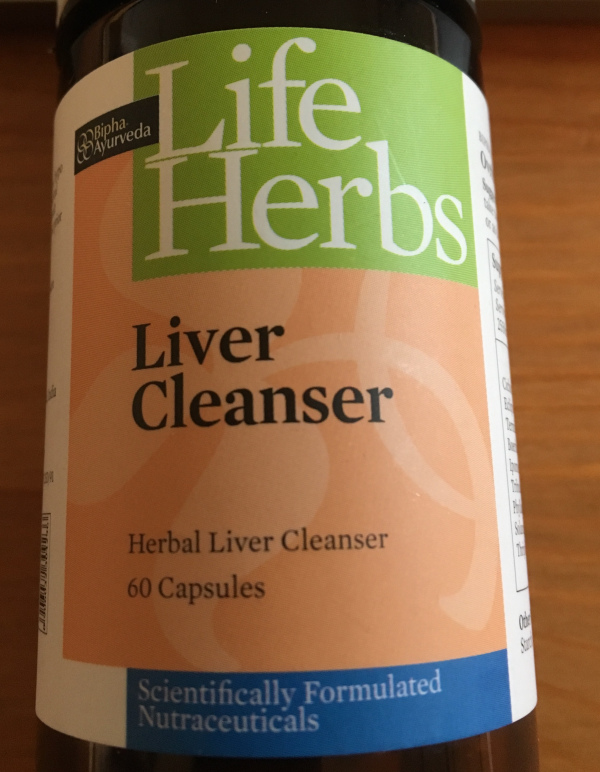
There is also tea gifted by friends when I visited Bhutan last year. I had put this box of ‘cordyceps and green tea’ on a shelf until—intrigued by seeing recent photos taken by these Bhutanese friends and posted on social media—decided to brew a mug, and do some internet research.
This may be hard to believe.
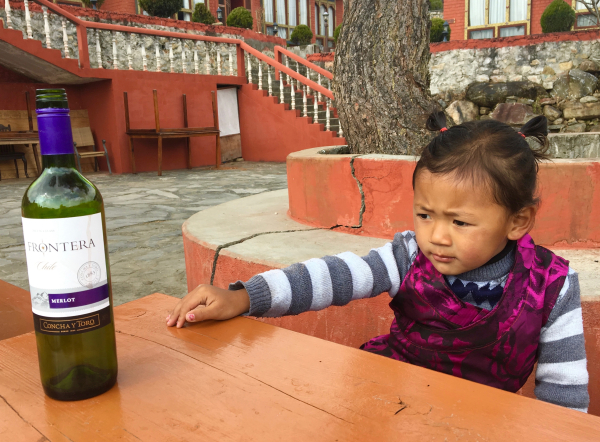
Basically, cordyceps is a form of fungi, of which there are several hundred species. They attack insects from within, sometimes commandeering the body of, say, an ant, and telling it to climb to the high point of a grass stalk and cling on. Strands of cordyceps then spring, or at least grow, out of its head (best seen in time-lapse photography) thereby killing the insect and providing the fungi with nutrients. (Check out this video clip from BBC’s David Attenborough telling about cordyceps in general.)
The real life feats of these killer fungi make zombie movies look tame. In fact a video game was invented years ago that has 60 percent of humanity wiped out by a species of cordyceps.

One species is known as Cordyceps sinensis and is prevalent in Bhutan, Nepal and Tibet. It lives above 11,000 feet altitude. This form of cordyceps invades Himalayan caterpillars when they are buried below the surface of soil, where they keep warm for winter. The spores will kill a caterpillar from the inside, then grow a long thin shoot out of the dead body, making the two species appear as a bizarrely fused, elongated critter. This grows vertically upward until it pokes out of the soil. The spores transform the entire caterpillar into a fungi (although it retains the outer shape and appearance or the displaced caterpillar).
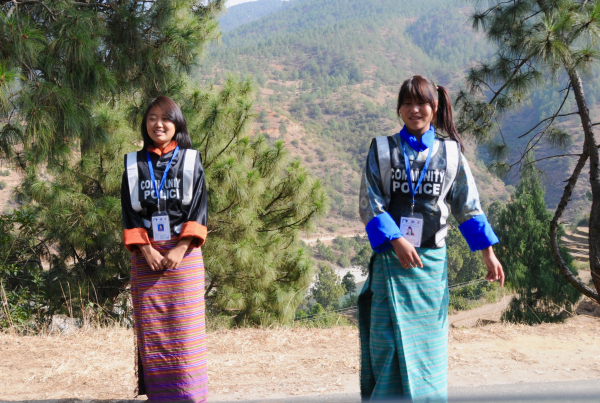
At high altitudes in June, teams of pickers, including the Layap people who live above 13,000 feet elevation (the women wear distinct, conical, bamboo hats) crawl on their bellies over the earth in search of shoots. They then dig below the surface to unearth the rest of the cordyceps, attached to the now dead and transformed caterpillar. Historically, herders noticed that their Yaks became energized after grazing on grass with these shoots. This led the herders to boil cordyceps for tea, and they learned of its medicinal properties. Since then, they have spent thousands of years harvesting cordyceps for beneficial effects.
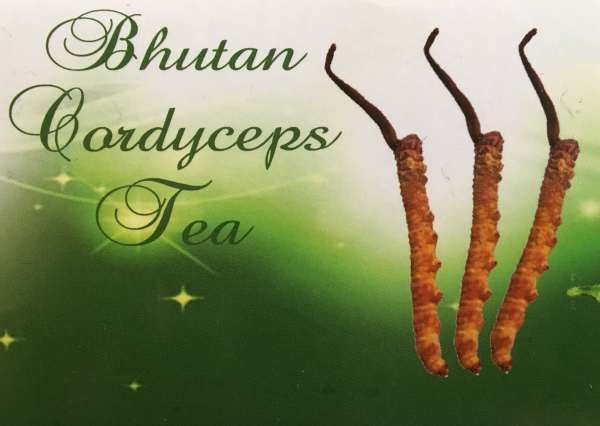
This stuff is not easy to hunt—think slender truffles at high altitude—which is why cordyceps can command a very hefty price. Apparently Chinese athletes were sucking down cordyceps tea during the 2008 Olympics to try to gain an additional competitive edge.

This marriage of insect and fungi excavated from hillsides may look odd, but apparently does wonders for the body.
It can apparently prolong life, increase memory and—according to an esteemed cancer center in the U.S.—includes ingredients that can slow down cancer. Additionally, it can improve kidney function, reduce heart disease and—indeedy!—boost sex drive.
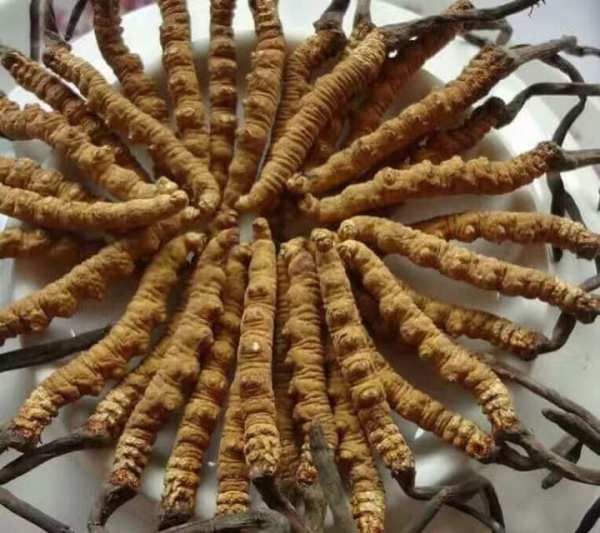
Using lemon, honey, cordyceps tea, fresh air, fruit and vegetables – I’ll let you know how this January’s detox goes.
[If you are interested in obtaining real deal cordyceps, let me know; my Bhutanese friends spend weeks in the mountains at harvest time.]
I wrote no Forbes posts in December, but posted one for January. This originated from meeting and interviewing a visionary Swiss entrepreneur who is a sailor, businessman and engineer. The post is about wristwatches, navigation and turning plastics into fuel to clean up oceans.
Thanks again for tuning in!
I hope your 2019 turns out to be Magnificent 🙂



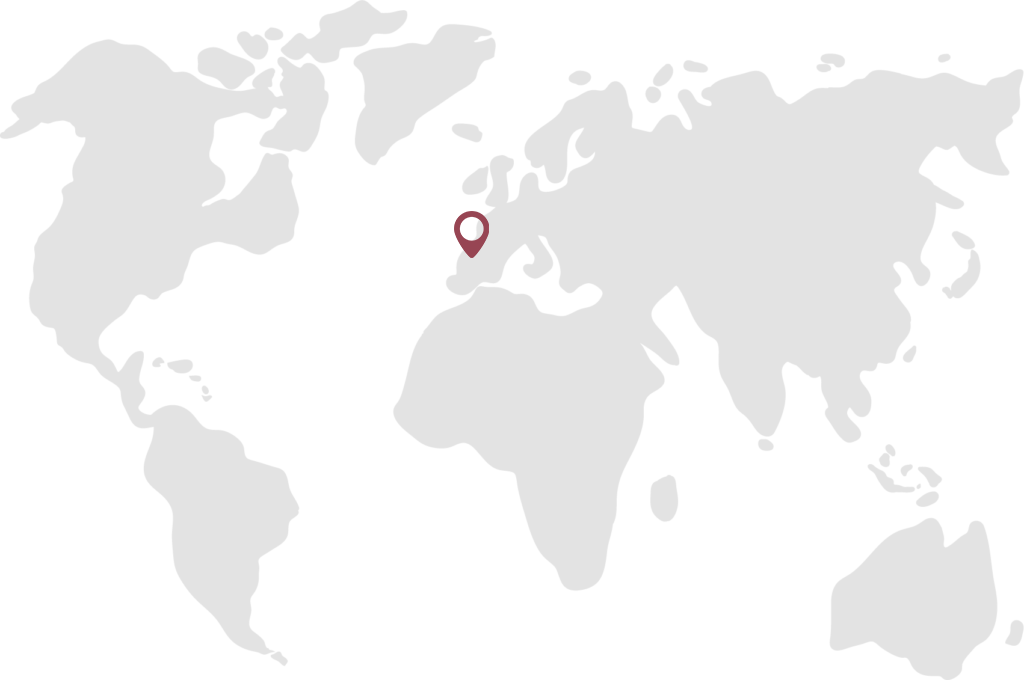
vinoexpressions
8 Jan 2019My friend Robin, from New York, wrote:
Loved this story Tom!
I buy cordyceps tea from a Chinese woman in China town, reminds me to buy more as I am out of tea. It tastes so awful though … think you left that out of the article, hehe.
Happy New Year to you!
vinoexpressions
11 Jan 2019The taste is not so bad! And you can always add honey …